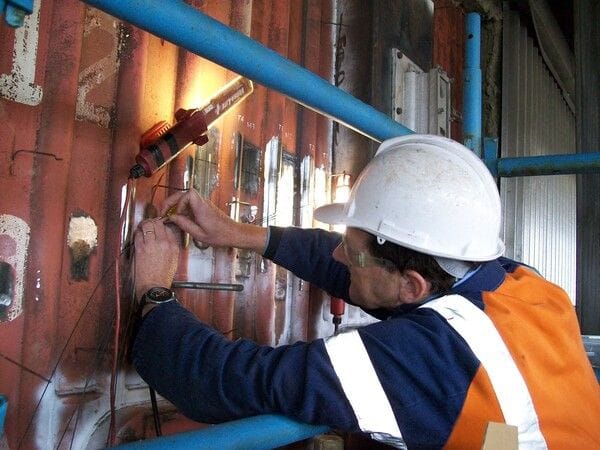Power station boilers and their internal components suffer from periodic cracking. These failures can be due to various reasons such as poor design, ageing with increased susceptibility to metal fatigue and creep damage, changed operating conditions (i.e. cycling / two shifting), support restraints limiting thermal expansion, uneven support loading, irregular loads, flow issues, soot blower issues, clinker build-up, ash fouling and many more.
Once a boiler component is cracked, what do you do? The asset manager has the arduous responsibility to investigate the cause while also organising the repair in such a manner as to minimise lost production. Depending upon experience and knowledge the cause may be easily identified and the repair may be simple, but this is not always the case. Frequently, the cause may be suspected, but can not be proven as limited or even no data is available.



























